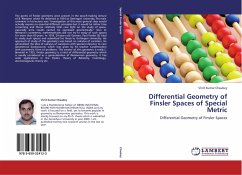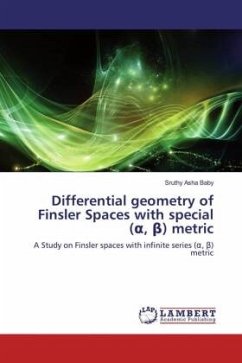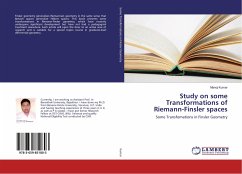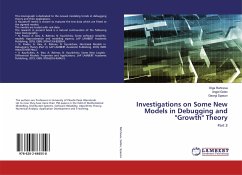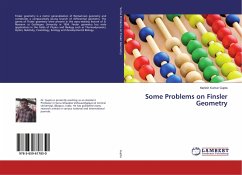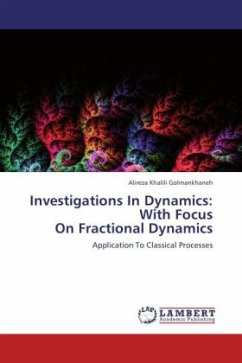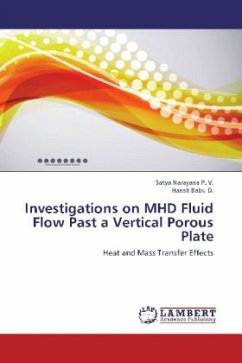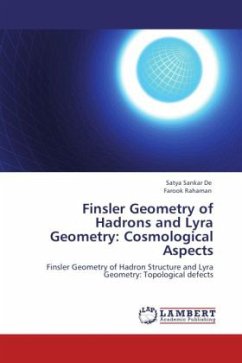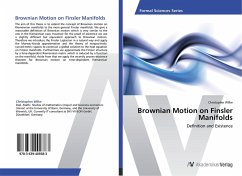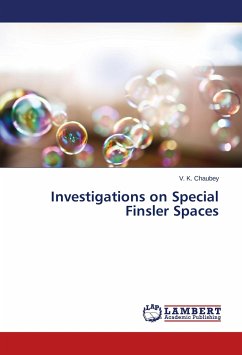
Investigations on Special Finsler Spaces
Versandkostenfrei!
Versandfertig in 6-10 Tagen
43,99 €
inkl. MwSt.

PAYBACK Punkte
22 °P sammeln!
We learn about the universe by two ways: experience and observation & thought and deduction. In practice, we get most of our knowledge by continually combining observations with deductions. It is possible subsequently to formulate certain types of knowledge by pure deduction, starting from a set of axioms. The advantage of deductive method is that its conclusions are certain and it also obtained where scope of observation is very limited. As we are three dimensional living being, we cannot imagine any geometrical picture more than three dimensions; only we have projection of higher dimensional...
We learn about the universe by two ways: experience and observation & thought and deduction. In practice, we get most of our knowledge by continually combining observations with deductions. It is possible subsequently to formulate certain types of knowledge by pure deduction, starting from a set of axioms. The advantage of deductive method is that its conclusions are certain and it also obtained where scope of observation is very limited. As we are three dimensional living being, we cannot imagine any geometrical picture more than three dimensions; only we have projection of higher dimensional pictures in two and three dimensions. In the deductive reasoning, we can logically extend our arguments from one dimension to a number of dimensions. An example of deductive method is Euclidian geometry whose postulates are certain definitions and axioms concerning points, lines etc; and from these a logical chain of theorems concerning lines, angles, triangles etc are deduced. In modern times Euclidean geometric concepts have been extended in many branches, viz: Non-Euclidean geometry, Riemannian geometry, Finsler geometry and Lagrange geometry.



